Reportage

Illustration: Collected
There was a time when almost all Zimbabweans became millionaires. However, during their hyperinflation crisis, even a million dollars might have only been sufficient to purchase a single chicken.
Banks in Bangladesh continue to face a liquidity crisis, whereby every month we see news of the Bangladesh Bank printing thousands of crores of Taka to rescue financially dwindling banks through quantitative easing or increasing the money supply. Such measures put Bangladesh at high risks of economic instability.
Even around a month ago, news portals reported the Bangladesh Bank printing Tk. 52,500 crore to bail out twelve banks. Bailouts have also been carried out of banks, including S Alam Group affiliated banks worth Tk. 2,500 crore around March 2025.
While, mass printing money may seem like the short-term magic solution for the troubled, for those who understand a bit of economics, it is signaling a whole wide array of warnings for looming economic trouble.
Hyperinflation as well as currency devaluation are some of the potentially malignant issues facing our economy going forward as a result of excessive printing of money.
Such hyperinflations due to excessive printing of money for example has been faced by countries ranging from Germany in the early 20s, and Hungary in the mid 40s, while Zimbabwe faced hyperinflation as high as 231,000,000% in a single year in 2008, with hyperinflation rates that exceeded 1,000,000% in Venezuela in some recent years. Similarly, the Sri Lankan economic and political crises were in part fueled by their central bank's decision to print money leading to hyperinflation.
While some may argue, that the USA and European Union also printed large sums of money such as to fuel COVID stimulus packages in the recent past, while they have faced inflations as a result, what shielded them vs. the scenario that may affect developing countries like ours is that their currencies dominate currency hegemonies globally.
Increase in money supply without corresponding increase in economic output could result in devaluation of our currency in the global market. This could in turn also lead to imports becoming more expensive, and at the same time a decrease in international investments.
Trust in the currency is declining as the government continues to print increasing amounts of money. It could also potentially lead to misallocation of resources by businesses, focusing on short term gains rather than long term sustainability. At the same time, it may create an asset bubble such as in the real estate.
While printing money might seem like a quick fix for economic problems, it can lead to serious consequences, including high inflation or hyperinflation, currency devaluations, reduced confidence, and misallocation of resources. Moreover, value of savings will decrease as a consequence.
As per Keynesians, during the Great Depression in the USA, it was theorized that increasing employment and consumption or expenditures could stimulate economies. They suggested discouraging savings and encouraging expenditures to fuel economic growth. Some new Keynesians on the other hand argued that, a combination of steady, rule-based monetary policy and a few fiscal stabilizers-such as fiscal stimuli to increase investments, as well as unemployment insurance payments as people lose their jobs and lower tax receipts as incomes fall-were all it took to tame the business cycle.
Bangladesh also stands at risk of facing another economic downturn due to higher costs resulting from the 35% newly imposed duty increase by the US on goods from Bangladesh. On the other hand, while some may argue that our export competitor in garments i.e. China is also facing a similar trade war with USA with increased tariffs, Bangladesh might review its reciprocal tariff policies to open doorways for negotiations with USA in a transparent manner. As a blessing in disguise, Bangladesh may also invest on triggering significant trade diversions from China in goods such as clothing, textiles and electronics.
On the other hand, the WTO discourages reciprocal tariffs as a threat to global multilateral trading, and promotes the most-favored-nation (MFN) principle, which requires countries to treat all trading partners equally by applying the same tariff rates.
An industry that has in the past fared well for Bangladesh in exports has also been the pharmaceutical industry, besides ready-made garments. And keeping doorways open regarding the pharmaceutical industry exports may mutually benefit both Bangladesh and USA, with rising medical costs to combat by Americans.
On the other hand, currently, Bangladesh exports various goods to multiple international markets, including the European Union (EU), the UK, India, China and Australia under a duty-free facility but this facility will stop after the country's LDC (least developed country) graduation.
As a mid-term outlook, as Bangladesh looks to be phased out of the Generalized Scheme of Preferences (GSP) benefits from the European Union by 2029, the country also urgently needs to strategize interventions and ratification of human rights, labor, governance and environmental conventions, to become eligible for GSP Plus for the European Union. A country must satisfy two vulnerability criteria and ratify 27 international conventions to become eligible for GSP-plus status. Implementation of the labor laws in Bangladesh must be given top priority to achieve the GSP Plus benefits.
"The political problem of mankind is to combine three things: economic efficiency, social justice and individual liberty." ― John Maynard Keynes
Mehzabin Ahmed is a development professional.






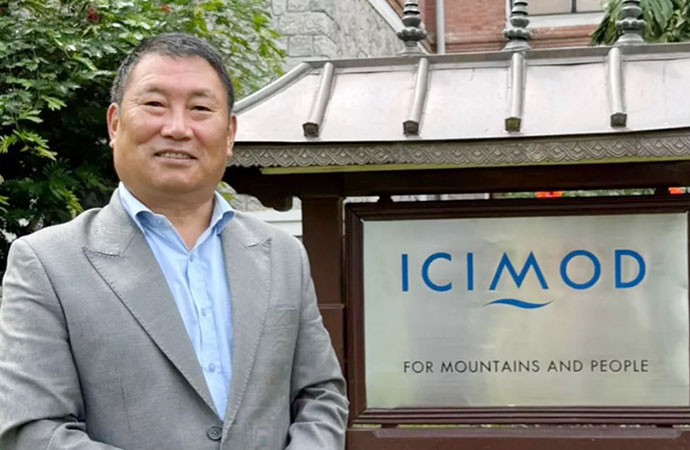

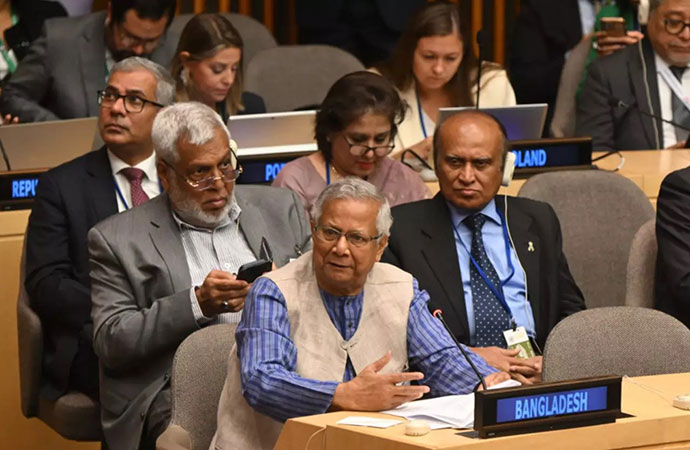
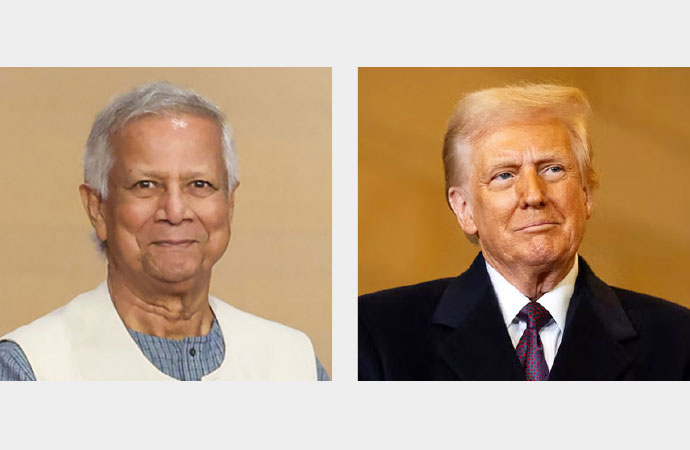
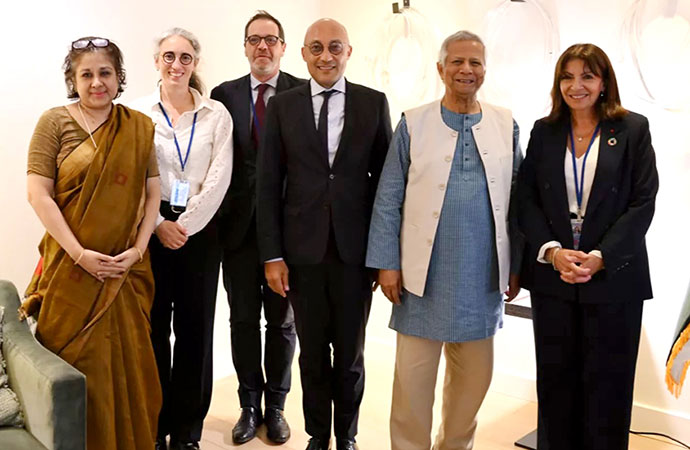



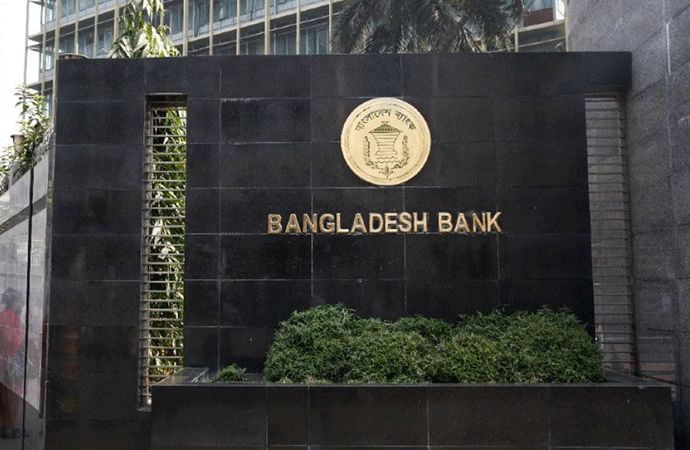



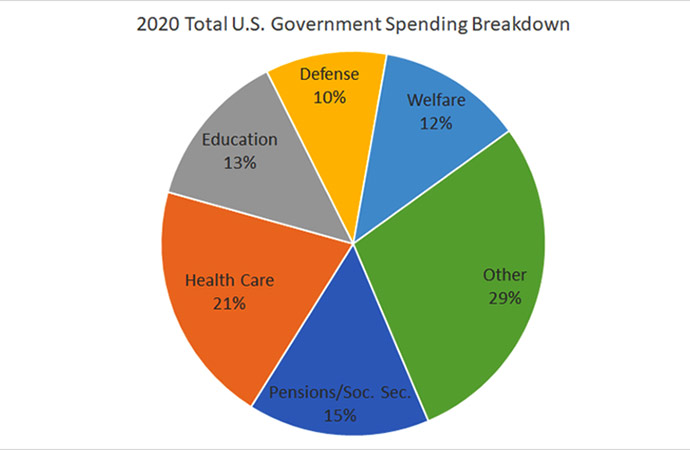

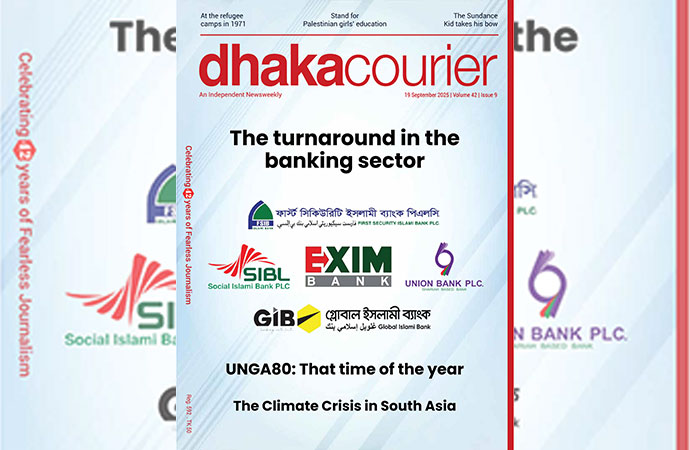
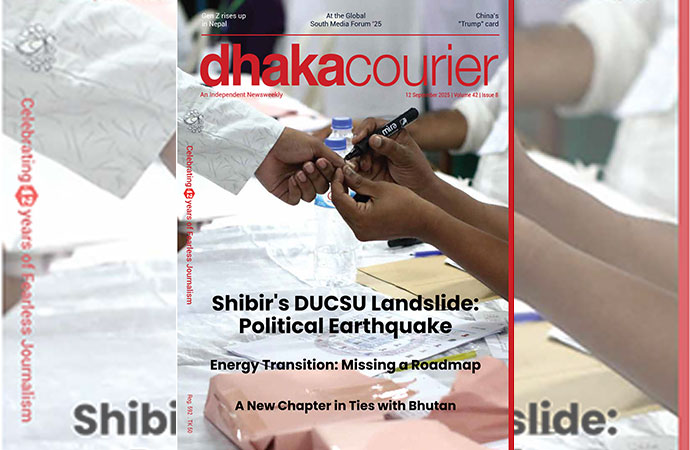
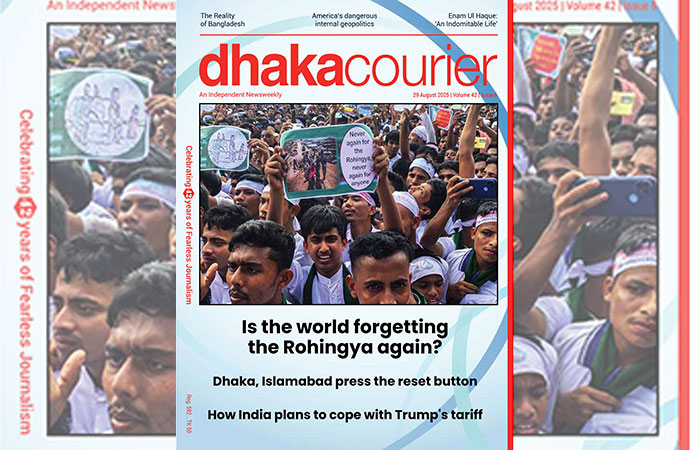

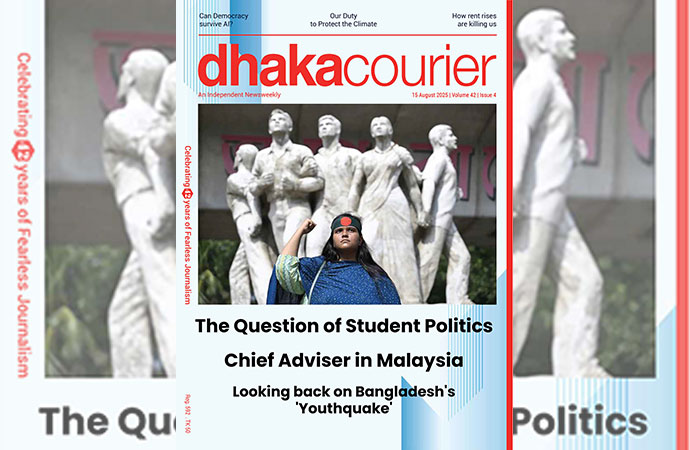
Leave a Comment
Recent Posts
Religion and Politics: A Toxic ...
At Dhaka University, cafeteria workers have been told not to wear shor ...
Enayetullah Khan joins AsiaNet ...
AsiaNet’s annual board meeting and forum was held in Singapore, ...
In a New York minute
Many leaders back a UN call to address challenges to ..
Defaulted loans at Non-Bank Financial Institutions ( ..
How the late Zubeen Garg embodied cultural affinitie ..